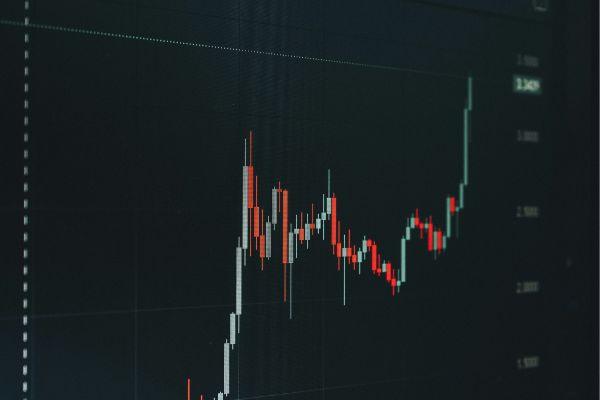UK distributor IDAD has brought to market two callable products in the last few months. These have been reviewed on the FVC Structured Edge Research service.Tranche two of this series has a strike date of 3 April 2019, is linked to the FTSE-100 and has a maximum maturity of 7 years. It is issued by Goldman Sachs and the distinguishing feature is that it is callable at the issuer’s discretion every 3 months from the end of the second year. If the issuer elects to call the product it will pay a coupon of 8% p.a. (simple accumulation) up to the time of calling. If no issuer call occurs, the product runs to its full maturity and pays full return of capital plus 250% of any index growth.
Difference between callable and Auto-callable
The main difference between issuer callable and Auto-callable products is that issuer callable products can be called at the discretion of the Issuer according to a pre-defined schedule of dates and conditions. Auto-calls by contrast call automatically when pre-defined conditions are met. Callable products are rare in retail markets, although they are common in fixed income structured products and the feature can be found in many otherwise vanilla corporate bonds, where they originated. This product features a high accrual rate of 8% p.a. (the equivalent capital protected Auto-call would typically have between 5 and 7% p.a. when called).
Higher headline yields
The reason that the yield is higher is because the issuer can choose to call when it is optimal to them rather than as dictated by Auto-call conditions. This is modelled using a Monte Carlo or other methodology involving "backwards induction" but rather than just modelling equity behaviour and calculating payoffs from that it is necessary to compare the cost to the issuer in calling immediately (a known amount) versus allowing the product to move to the next call date. This modelling can be a more complex process.
The issuing bank's strategy
In practice the bank will value all the various embedded options as potentially useful – movements in volatility, dividend yield, credit spread and interest rates may give extra value to the right to call. The main driver of calling is usually the performance of the underlying(s), just as for an Auto-call. Put simply the issuer is aware of the fact that if the product runs to maturity and the FTSE-100 has risen strongly then it is far better from the issuer perspective to call and pay 8% p.a. rather than a potentially much higher payoff at maturity. For example if the index has risen by 50% then the final payoff at maturity would be 225% in total, whereas calling at the last point would only result in a payoff of 154%. If the index rises fast early on it may be optimal to call early and pay even less, i.e. 8% per year for a short time period. Precisely where the optimal call decisions lie in many different scenarios is a matter for the modelling framework. In order to compensate the investor for this, the yield is higher than a standard Auto-call with otherwise similar features.
Disadvantages for the retail market
One of the reasons that callable products are less common in retail markets is the perception that the lack of transparency as to when a product might call and being at the mercy of the issuer are significant disadvantages. Both of these are valid objections but the typical retail product will only be called when an optically favourable outcome for the investor is occurring, a feature similar in Auto-calls. While the issuer has the right to call at its own choosing the yield earned is always 8% p.a.. If the product is held to maturity then a very high participation rate is earned.
In conclusion we see that issuer callable products are a way to boost potential returns at the cost of transparency and investor control.
Tags: Structured Edge Lifecycle









